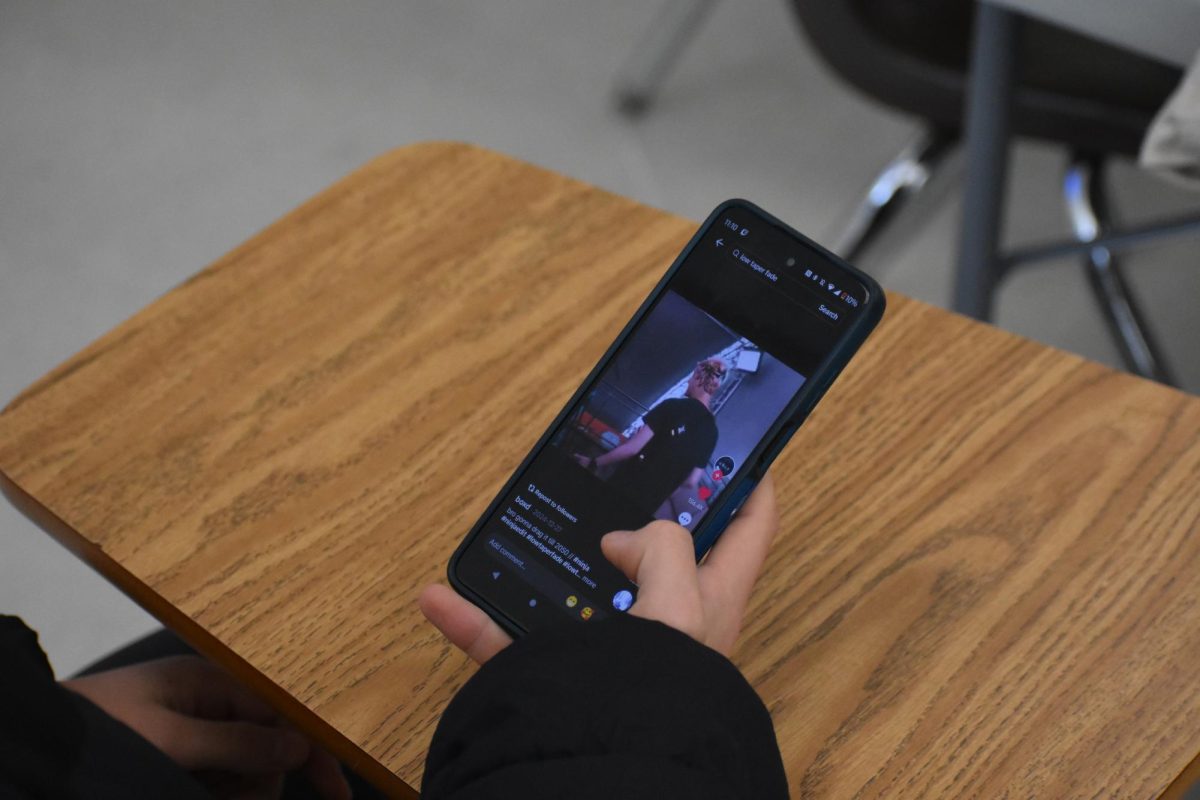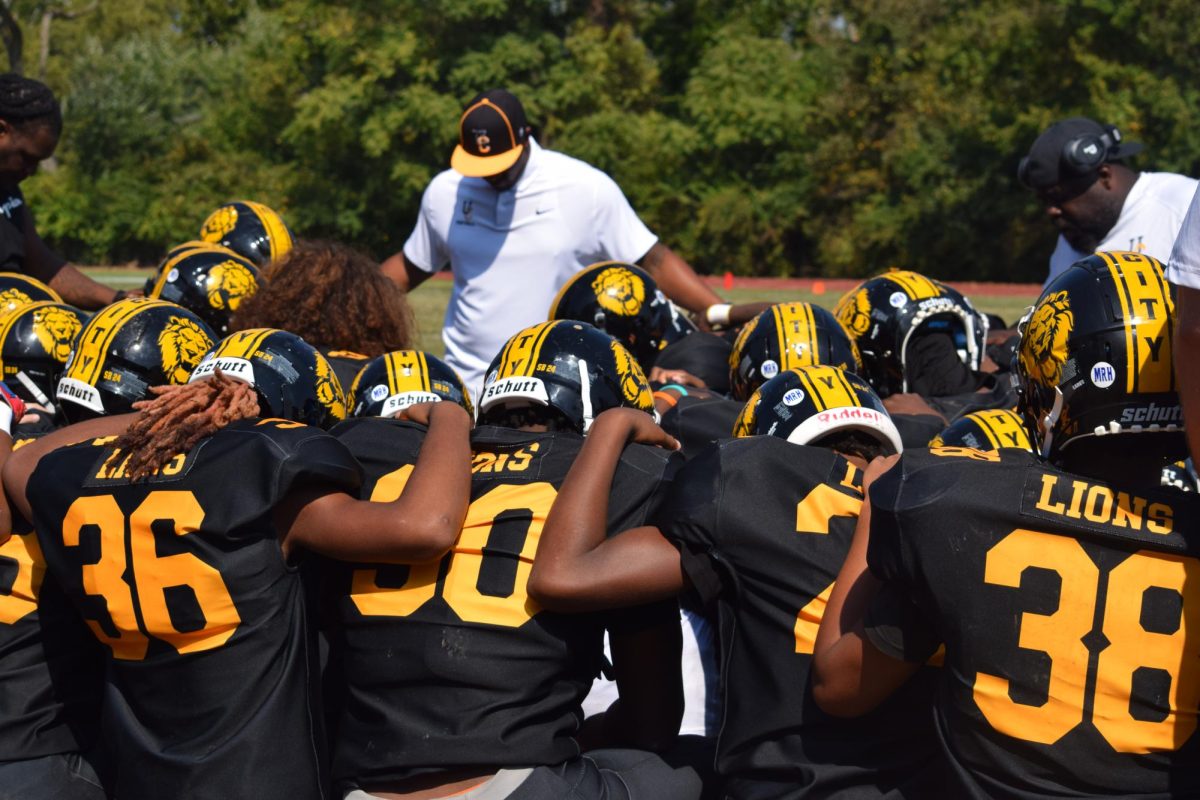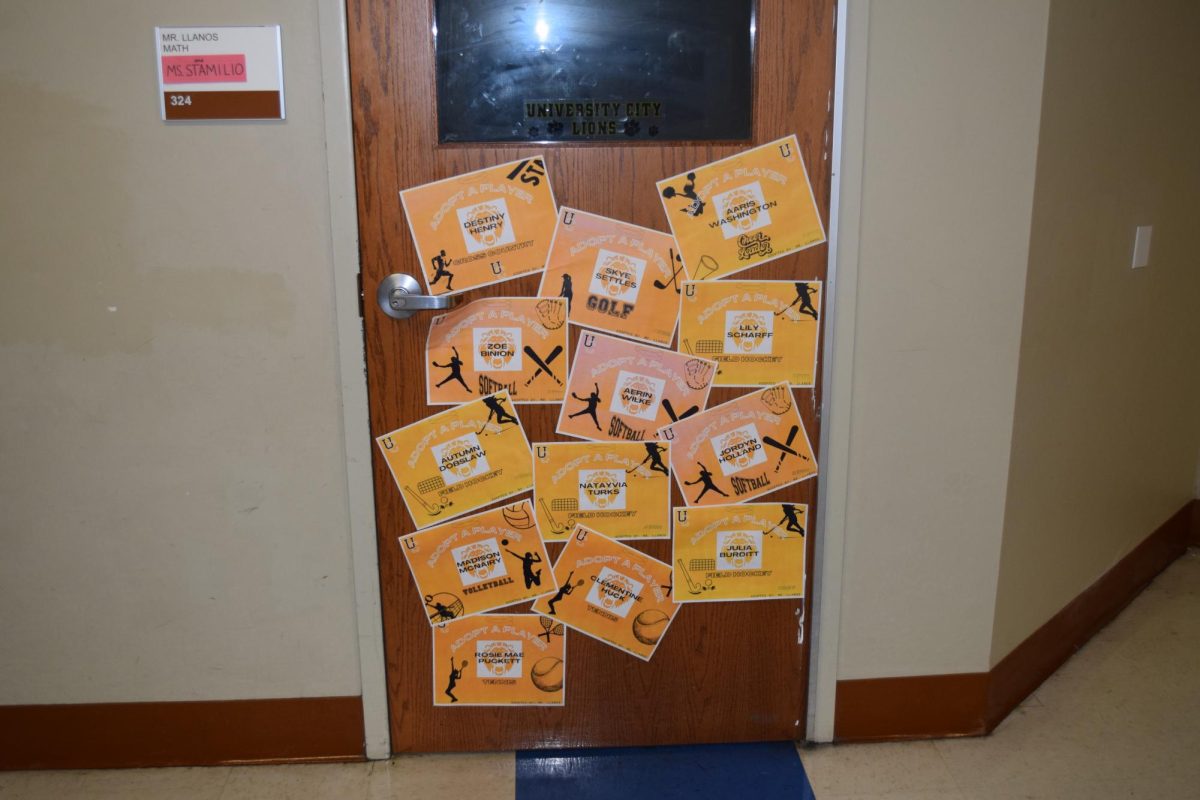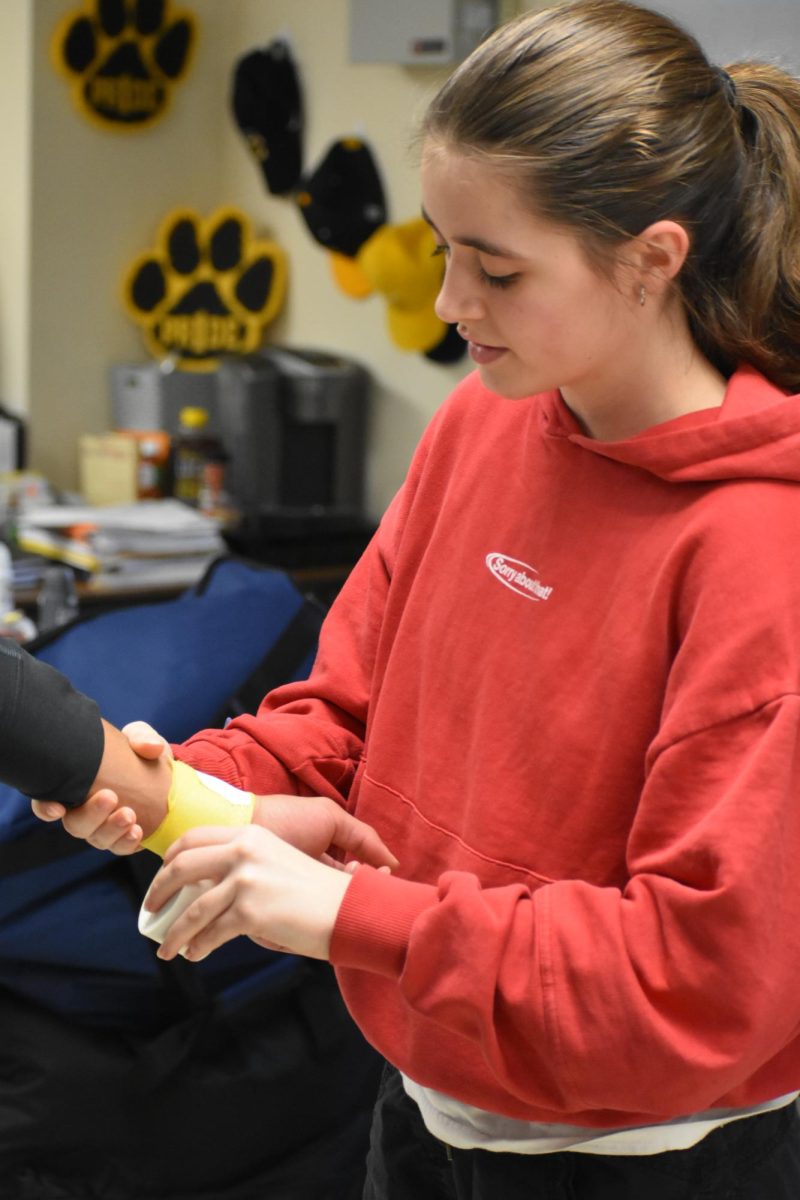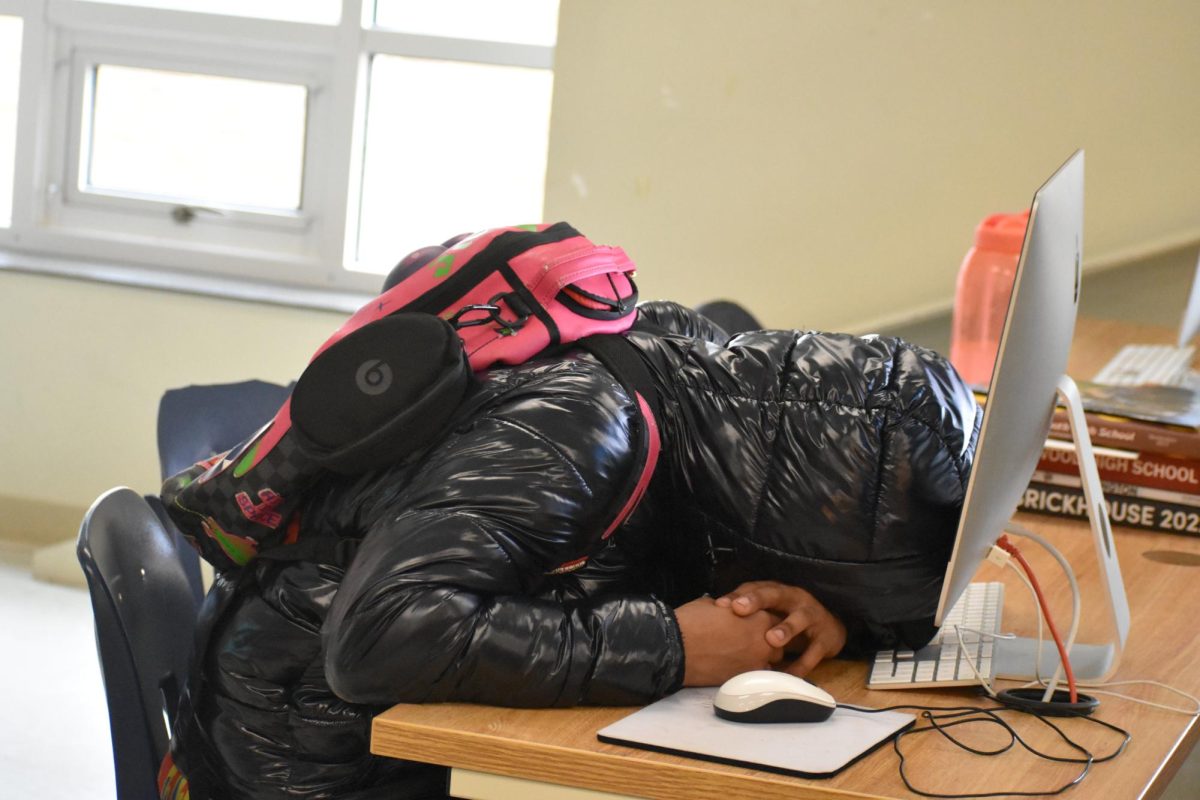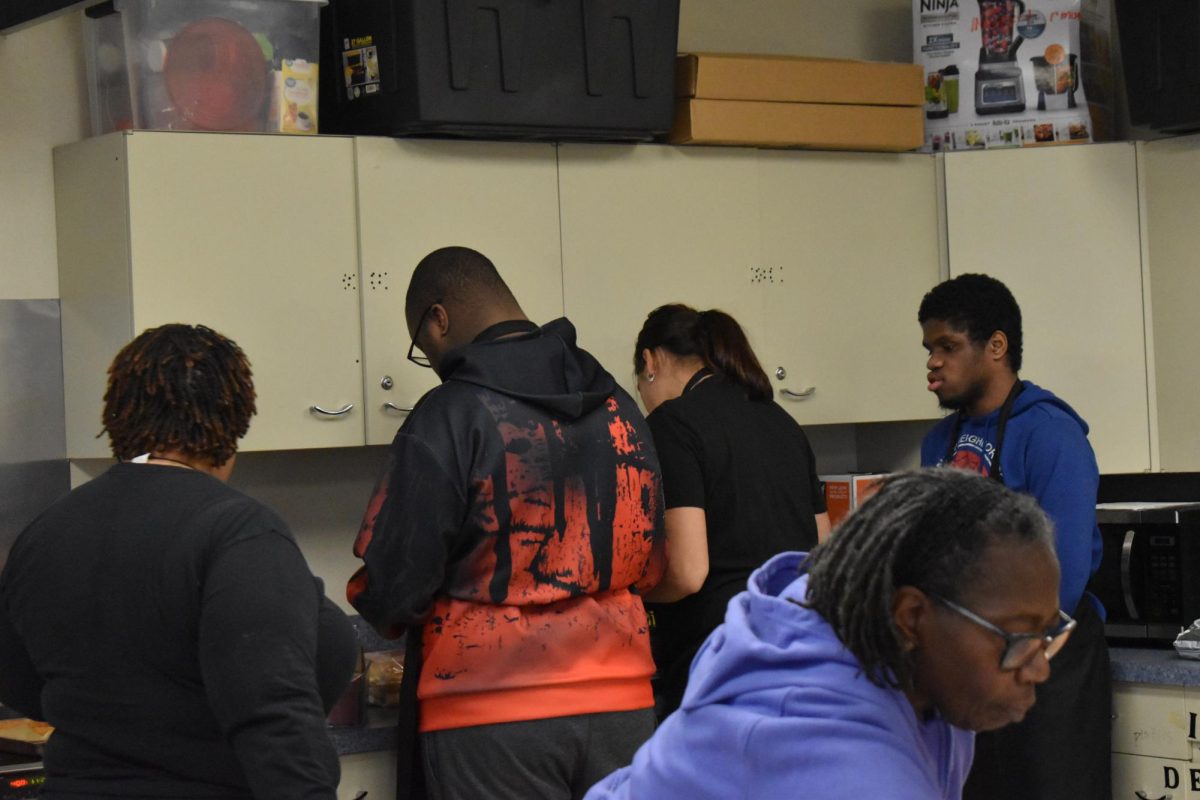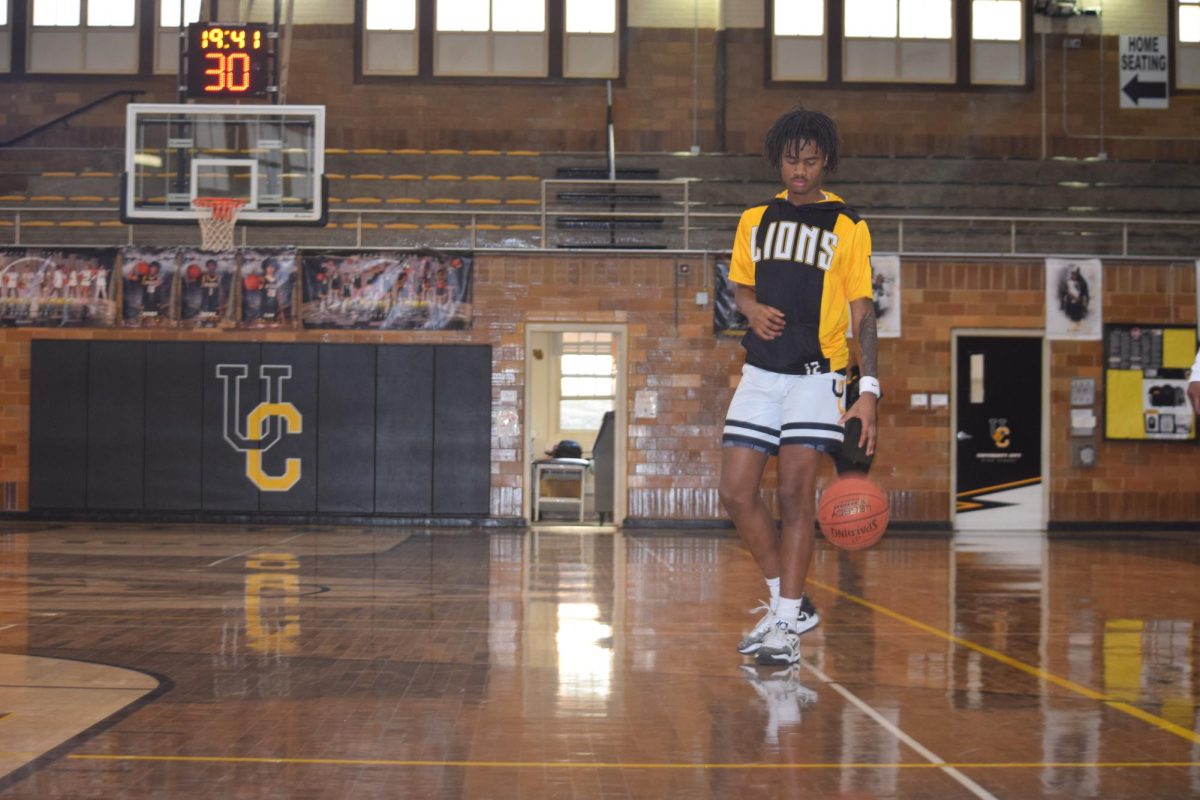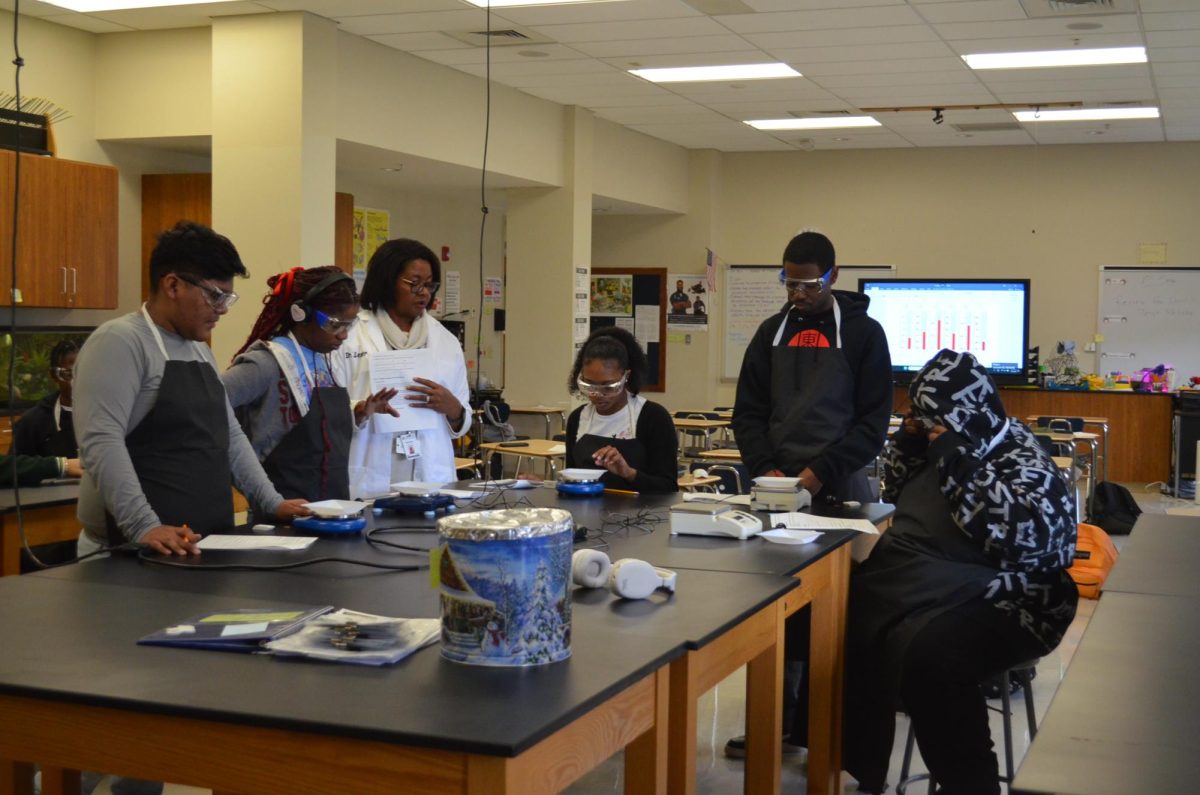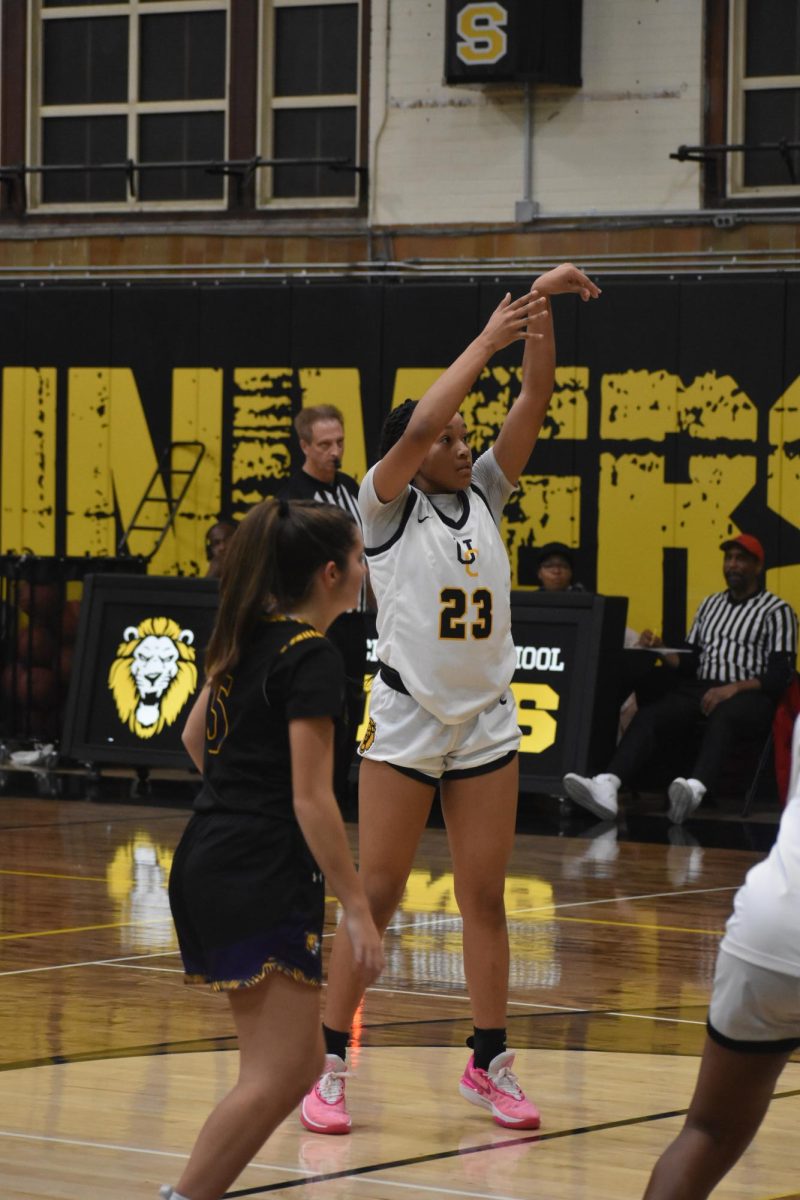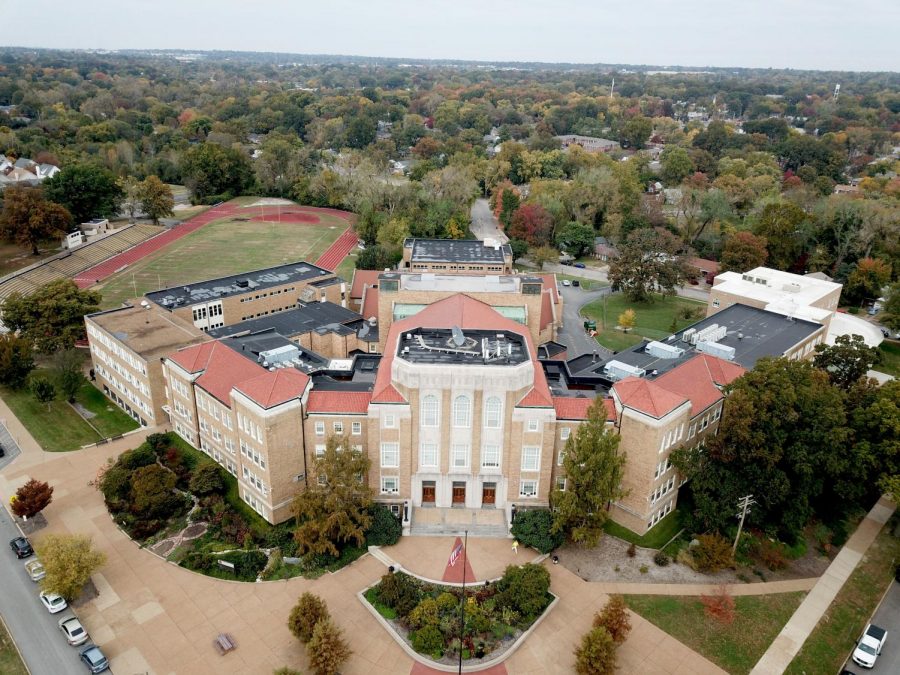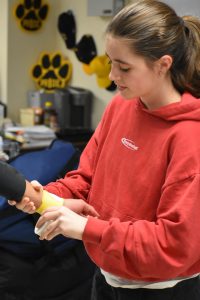Drone Club takes off to navigate complex problems
Photo courtesy of Col. Rob Jakcsy
One of the aerial photos of the school building that Emmet Feld and Charlie Whitehead took as the pilot and spotter of the drone.
February 4, 2020
We live in the most technologically advanced era in history. Every year more advanced forms of technology are created and, when used properly, can do unimaginable tasks. For the past year, J-ROTC has been sponsoring a Drone Club to give students an opportunity to navigate the missions of high functioning drones as well as to engineer and build their own drones from scratch materials. The club was initiated by Col. Rob Jakcsy, the J-ROTC instructor, who wanted to open up a club that would teach students how to navigate complex projects and think critically on their own.
“I try to let them do the work independently and figure it out themselves,” Jakcsy said.
Drones have a variety of purposes; from intelligence gathering and communication for military, all the way to taking high quality aerial photos. Whatever the purpose may be– the Drone Club wants to explore these options.
“I’ve already given them the mission to take aerial photos and they’ve learned how to do that,” Jakcsy said. “My goal is for them to learn about other missions.”
These high-tech drones have been made available to the club through a crowd sourcing platform known as DonorsChoose. The site allows teachers to put out a project idea on the site, while anonymous donors around the U.S. donate to help the projects take off.
When the club was first formed last year, only a couple students opted to join. According to Emmett Feld, sophomore, who is one of the original members of the Drone Club, their first tasks last year were centered around engineering a drone, but this year the real action has begun.
“Ninety percent of our flying time has been this year,” said Feld. “Last year we didn’t have a lot of people and we only met once a week so all we were able to do last year was build the four motors and the frame.”
The process of building and flying a drone can be tricky and Feld admits they have had some technical issues with the drones.
“When we first tried to take off we didn’t take safety precautions; we had no control and it crashed and broke,” said Feld.
The custom-built drones differ from the ones that come ready-to-fly in their stability and overall performance.
“The ones that are already built are easy to stabilize and the camera has a built in stabilizer,” said Feld. “We used those ones to take aerial photos of all the schools in the district.”
The trick to using these drones safely and effectively, according to Feld, is to always have a second person keeping their eyes on the drone, known as a “spotter.”
“A spotter makes sure they can always see the drone so that it doesn’t hit someone,” said Feld. “The important thing is to not lose visual contact with it because it could come into contact with power lines.”
Along with Feld is newcomer and freshmen Charlie Whitehead. Whitehead participates in robotics and has drawn parallels between the two clubs.
“In robotics we build things from scratch which is basically what we do here,” said Whitehead. “I get more engineering experience doing both clubs.”
Despite the relatively low number of participating members, the club seems to be headed in the right direction.
“The main goal of the club is to learn, build, and have fun flying drones,” Whitehead said. “I would recommend it to anyone out there.”

